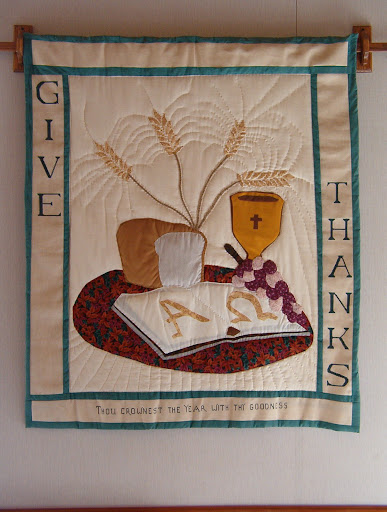Wait for Power From On High
 Luke 24:13-49 is a three scene story of the risen Jesus surprising his friends.
Luke 24:13-49 is a three scene story of the risen Jesus surprising his friends.
Scene 1
The story starts with two of the disciples walking towards Emmaus. They walked and talked together about what happened in Jerusalem. It must have been quite a conversation.
A man joined with them in the journey and conversation. They told this stranger about what had happened to Jesus, his crucifixion and the reports of his resurrection. The stranger told them what the prophets said and reminded them what Jesus said.
Scene 2
When the 3 came to Emmaus the 2 disciples looked for a place to eat. They asked to stranger to join them. He looked as if he'd head on down the road but they persuaded him to come eat with them.
When the stranger broke bread they recognized him. He was Jesus. And just as fast as they recognized him he was gone. The two friends were alone; but they both were sure they'd just seen their risen lord.
Scene 3
The two returned immediately to Jerusalem to share the news. The others had already heard the news from Peter. In the middle of their discussions Jesus appeared saying, "Peace be with youth." The friends pushed back in fear, but Jesus reached out towards them showing his hands and side offering his friendship not his condemnation for their fear and worry.
Jesus was there asking for something to eat telling them everything about his ministry and what he came to do. He opened their minds helping the see what God was up to in the resurrection. And he gave them an instruction: wait in the city until the Father sends what he's promised and you are clothed on high.
There are so many hooks and turns to this story that its always fun to tell. Experience teaches that Jesus is often present even if he's unrecognized. The promise revealed in the Emmaus Journey is that God's actions don't need our faith before they can happen; sometimes what God does moves us to believe.

